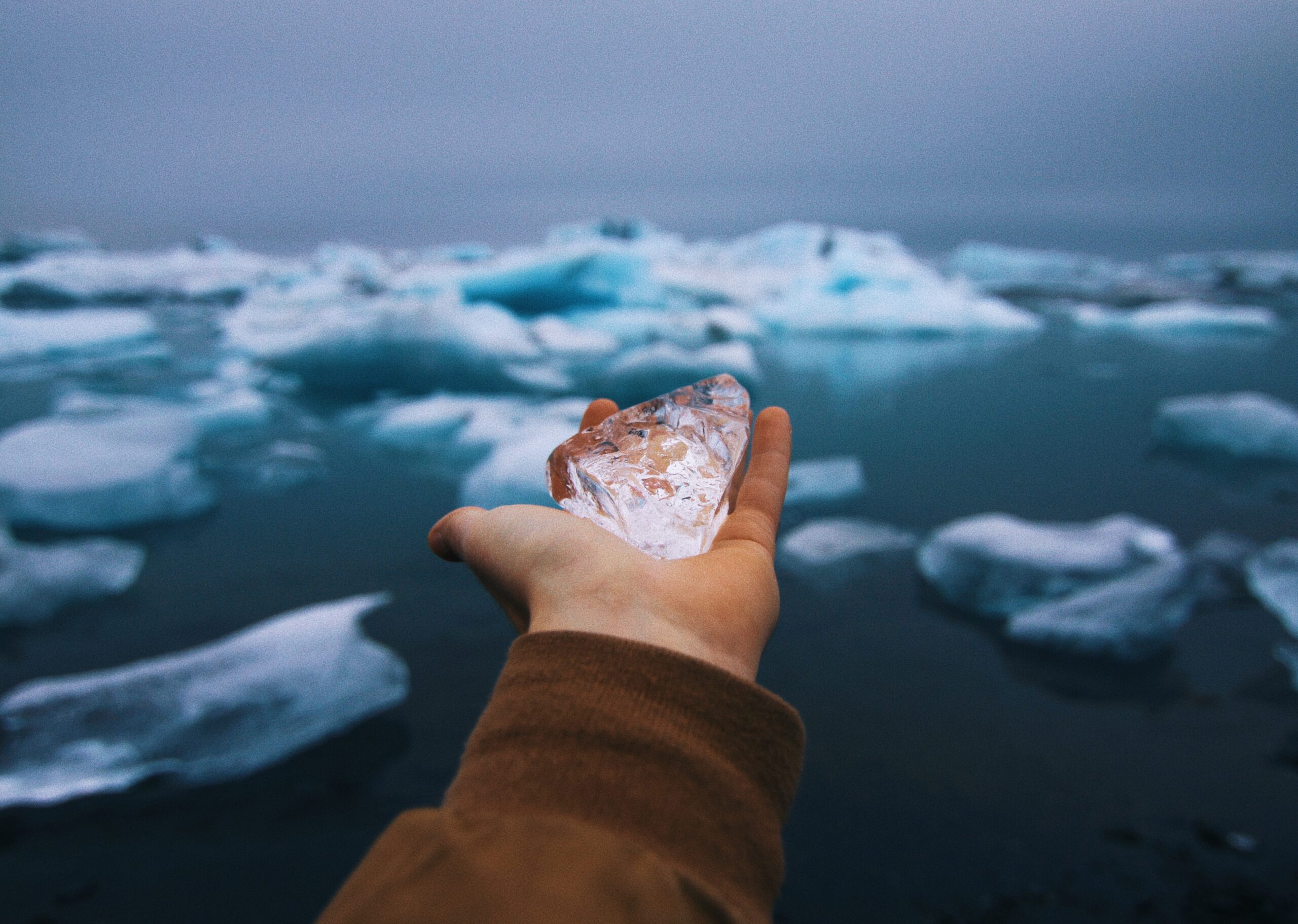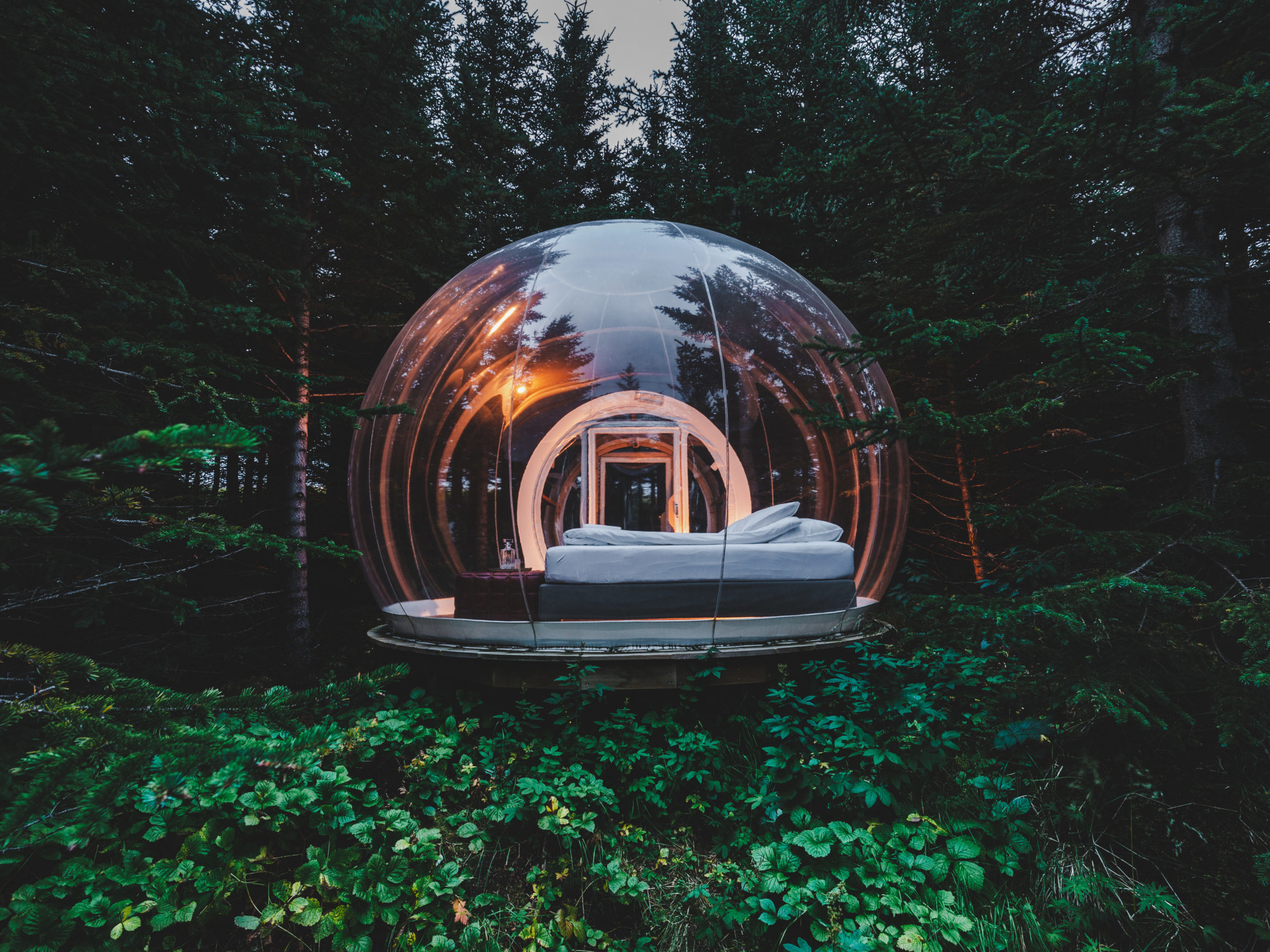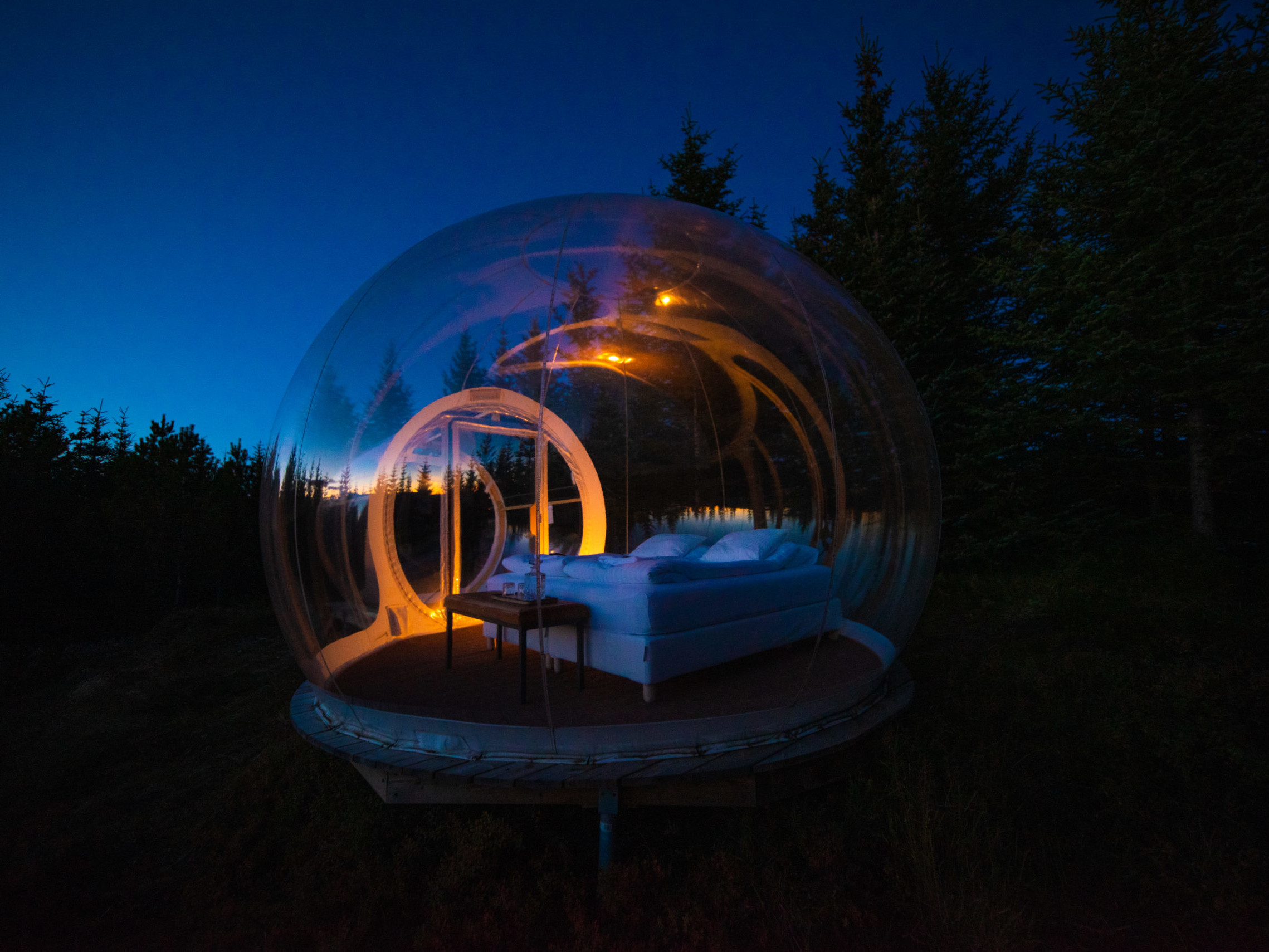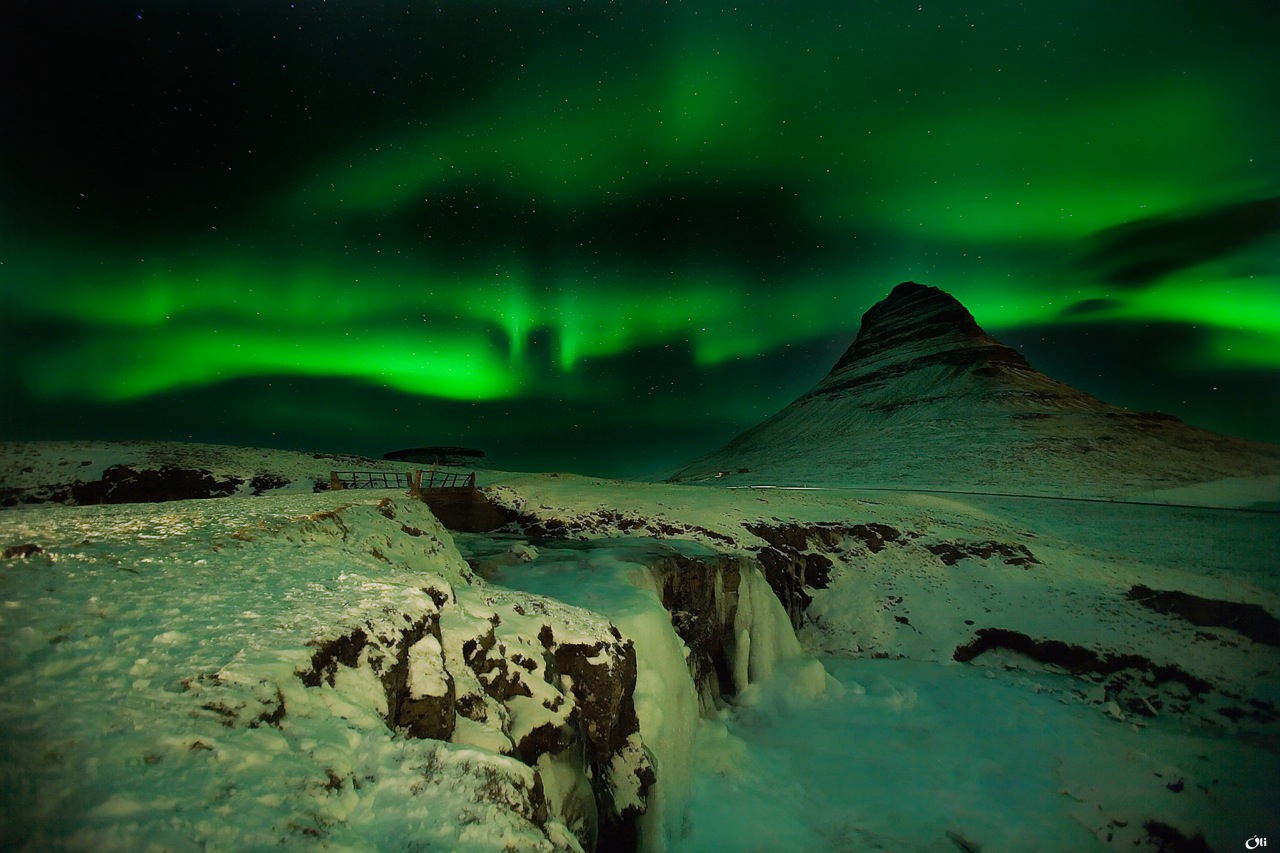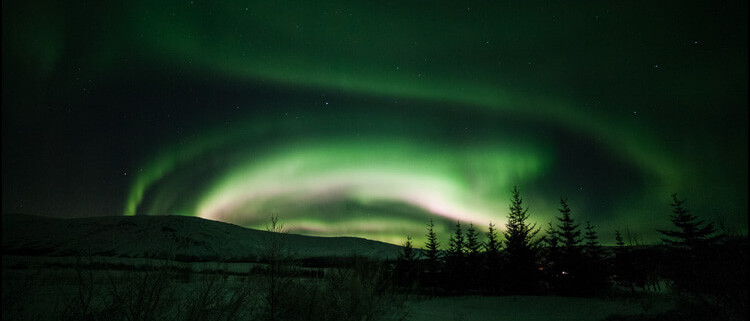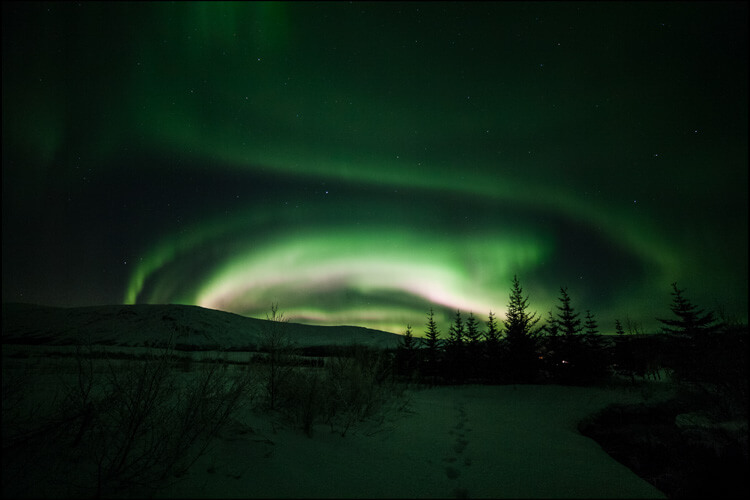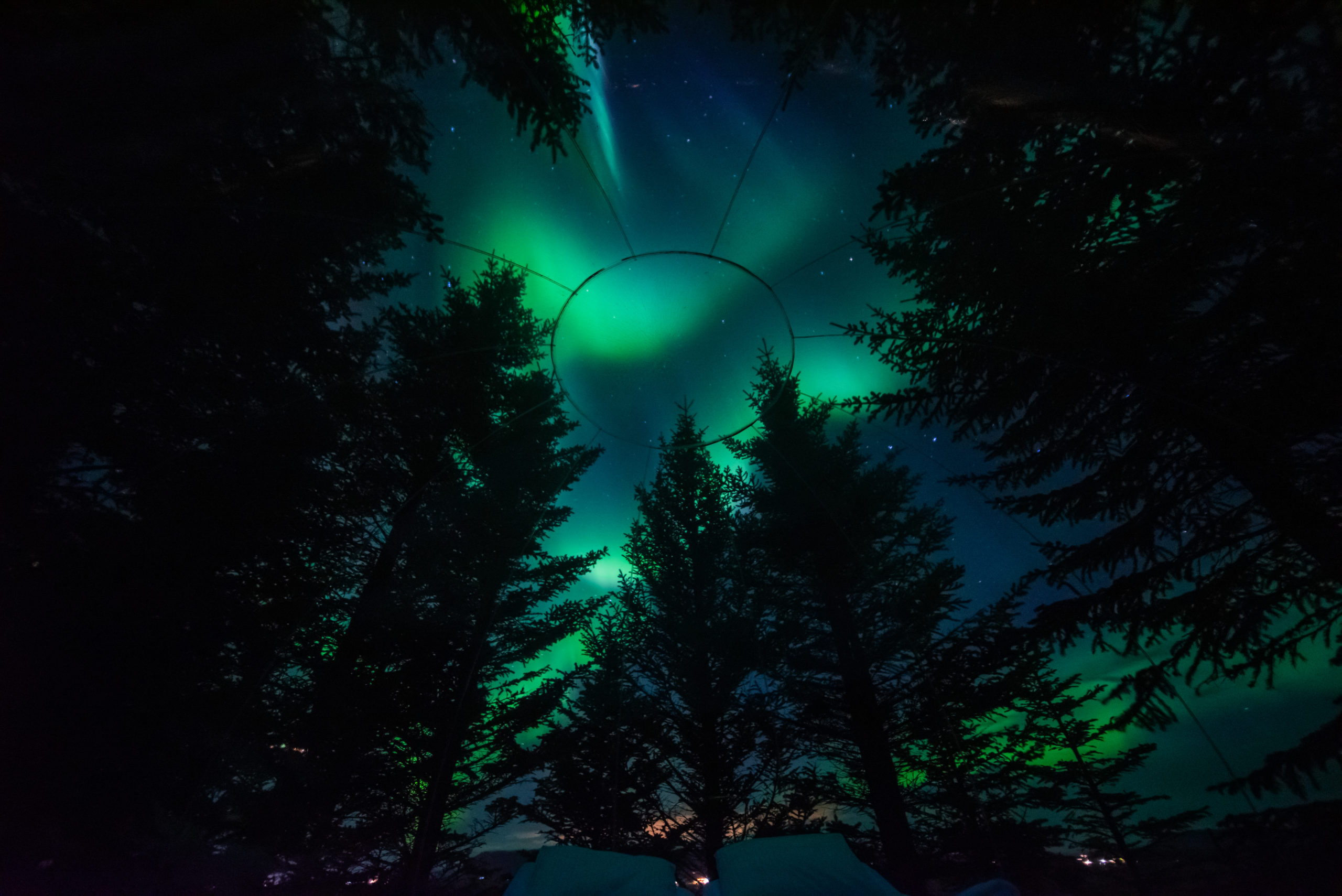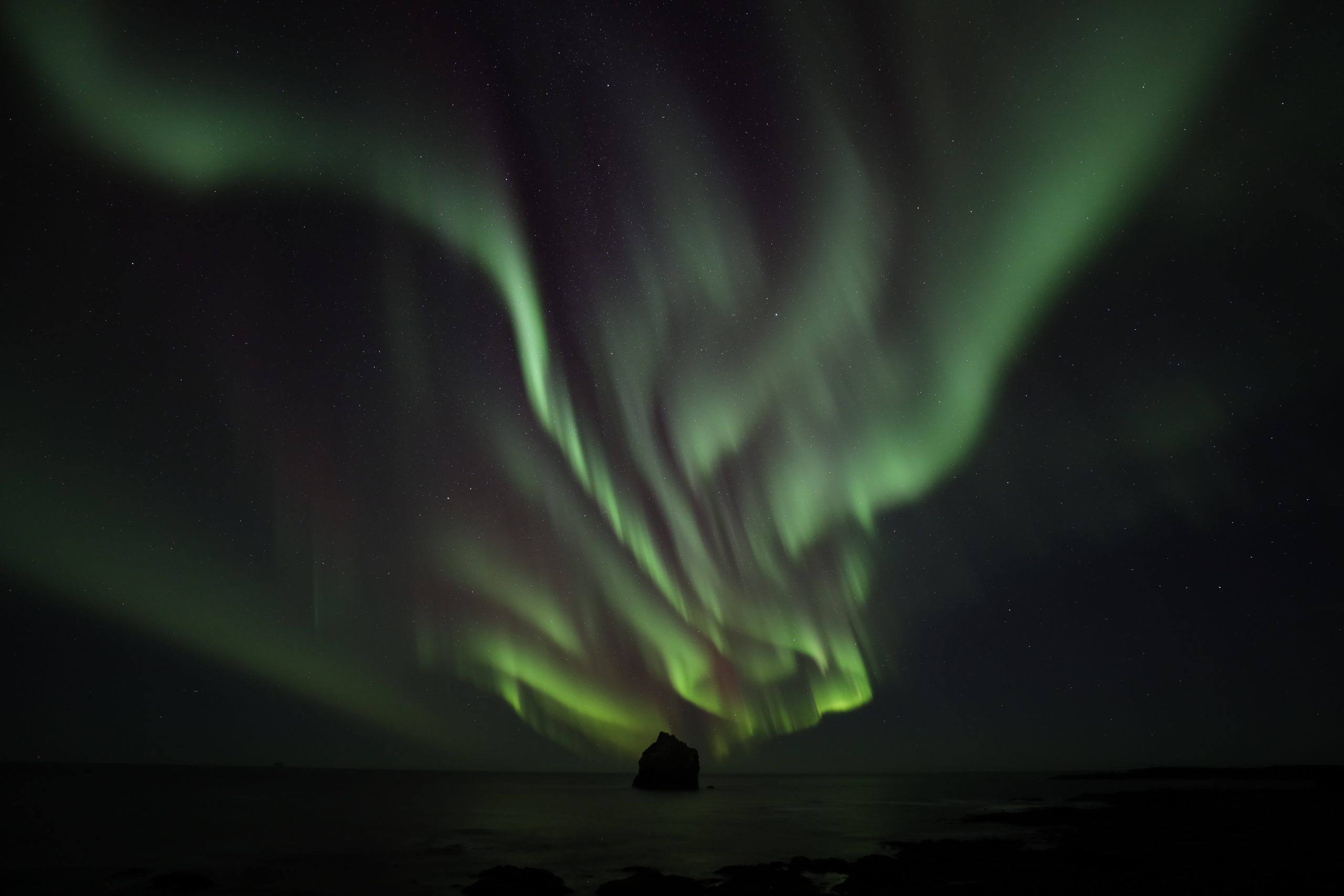The Northern Lights at Jokulsarlon Glacier Lagoon
The Enchanting Northern Lights at Jokulsarlon Glacier Lagoon:A Captivating Experience in Iceland
By Robert Robertsson - Verified Travel Expert
- Home
- Explore Iceland
- Archive by Category "Northern lights"
Unforgettable to say the least
Jokulsarlon Glacier Lagoon in Iceland draws visitors from across the world who come for its magnificent Northern Lights show, often called “The Crown Jewel of Iceland. ” With beautiful natural surroundings featuring mountains, icebergs, wildlife and more – its idyllic settings create the ideal setting to witness it – visitors may even witness it washing up onto nearby Diamond Beach! In Icelandic the name is Fellsfjara.
Aurora Borealis or Northern Lights, are spectacular natural displays found near Earth’s poles caused by collisions of charged particles from the sun with Earth’s magnetic field and atmospheric molecules, producing energy releases as light that create spectacular and colorful displays known as Northern Lights. Jokulsarlon Glacier Lagoon in Iceland’s remote setting away from light pollution offers one of the finest opportunities on Earth for witnessing such stunning natural displays as part of this wondrous natural spectacle – you won’t soon forget witnessing such wondrous spectacle as long after leaving Iceland!
So make the time and visit Jokulsarlon Glacier Lagoon this winter season to witness its splendid illuminations!
The Beauty of Jokulsarlon Glacier Lagoon
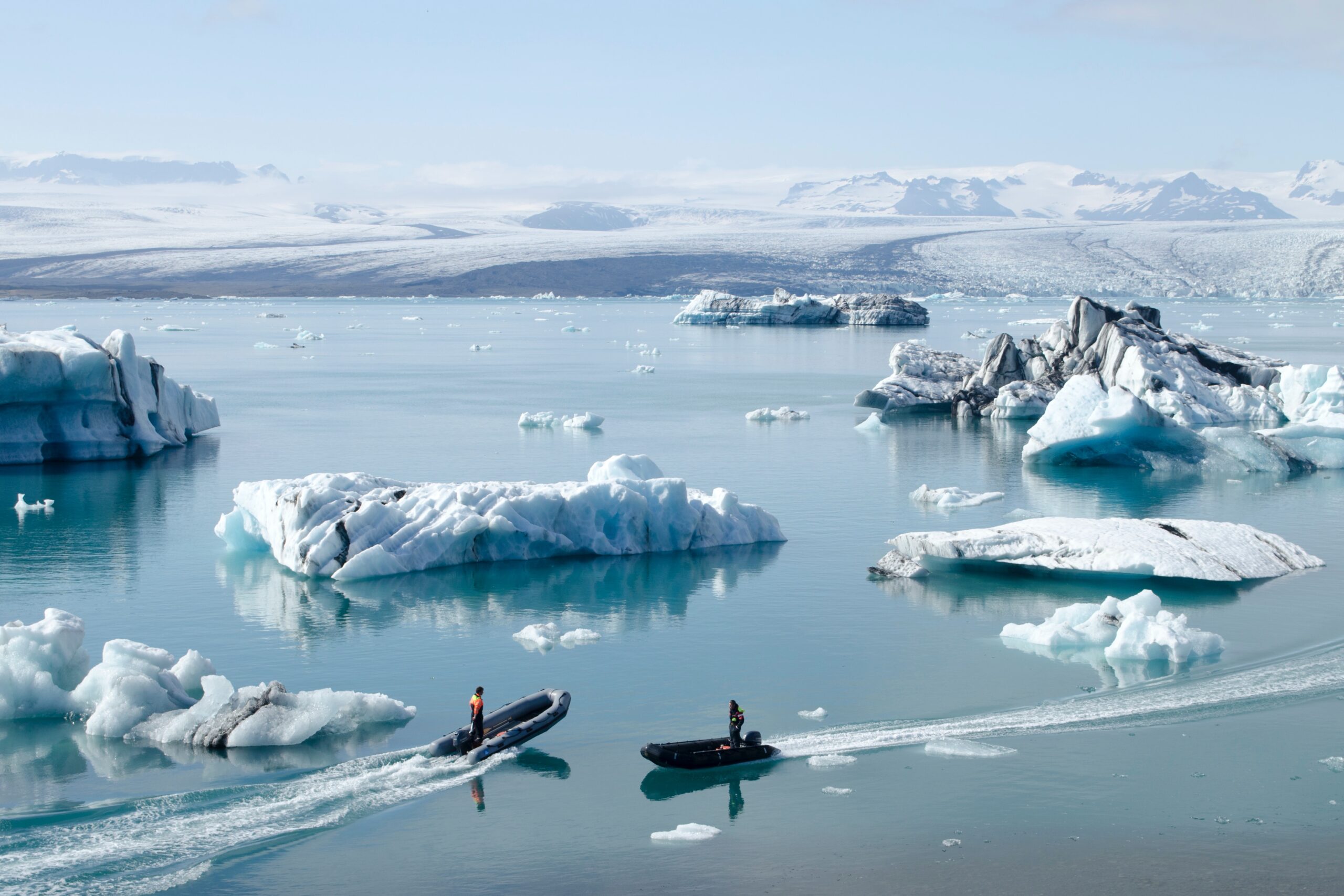
Jokulsarlon Glacier Lagoon can be found within Vatnajokull National Park in southeast Iceland and features an ever-evolving, dynamic ecosystem filled with floating icebergs from Breidamerkurjokull Glacier that detach from it, providing a constantly shifting and mesmerizing spectacle. When frozen over in wintertime, its contrast of shapes and colors becomes especially stunning; reflection of Northern Lights on these frozen bodies of water add to their allure further enhancing this captivating view of beauty; seals and seabirds populate this ecosystem that makes Jokulsarlon’s dynamic ecosystem harmonious yet diverse! Jokulsarlon Glacier Lagoon’s allure lies in its ever-evolving landscape.
Icebergs that drift along its waters range in shape and size from small chunks of ice to massive structures resembling sculptures; as these move and melt, its scenery changes accordingly; visitors to Jokulsarlon can witness nature at work as graceful floating icebergs reflect vibrant Northern Light colors in graceful motion. As well as its stunning icebergs, Jokulsarlon Glacier Lagoon also provides stunning mountains as a beautiful background to this lagoon.
These towering snowy peaks create a dramatic juxtaposition with the night sky; when lit by Northern Lights dancing above them they add yet another level of beauty and grandeur that leaves visitors speechless. No matter who your target may be – nature enthusiasts, photographers or anyone seeking peace and serenity alike- Jokulsarlon Glacier Lagoon won’t disappoint you in either regard!
Enhancing Your Chances of Seeing the Northern Lights
To increase the chance of seeing the Northern Lights at Jokulsarlon Glacier Lagoon, a guided tour or package should be booked with an authorized operator. Different tour options exist – some combining caving with sightseeing; and September-April is considered prime viewing period – check your aurora forecast and weather conditions carefully to get optimal viewing!
Tour operators offering guided tours with established guides increase your odds of witnessing this breathtaking spectacle; experienced guides possess vast local knowledge that will lead you directly to prime viewing spots of aurora borealis or provide accurate aurora forecasts, increasing chances of seeing lights. Finding an appropriate time and tour operator are both key aspects for an incredible Northern Lights journey; being prepared can only enhance that journey further!
Dressing warmly in layers is key as temperatures can drop significantly at night during winter months; waterproof clothing should also be brought as these facilities at Jokulsarlon Glacier Lagoon may not always be open by nightfall. Being well informed increases chances of witnessing this natural wonder in its full glory!
Preparation and Tips for the Experience
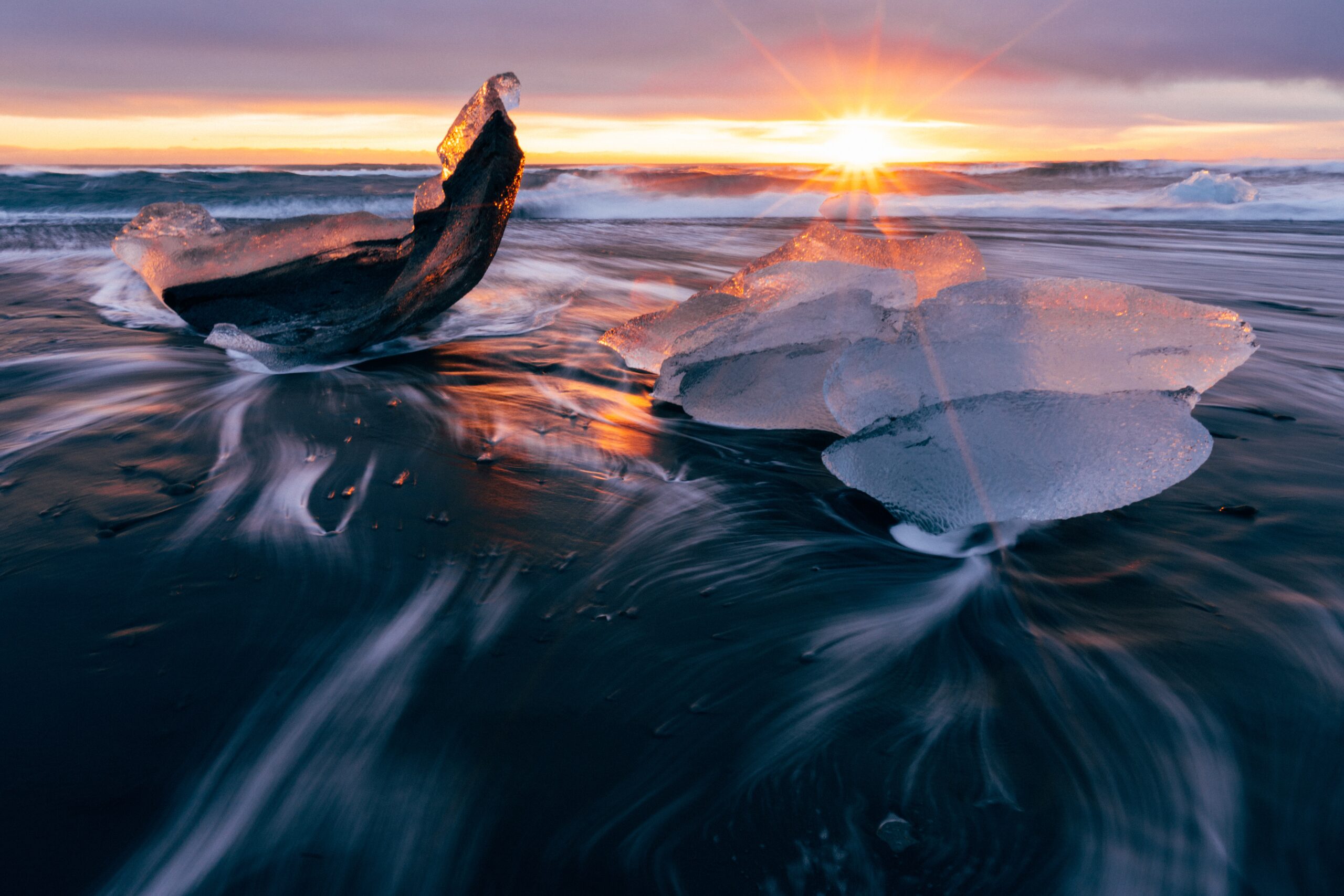
Visit Jokulsarlon Glacier Lagoon during night hours by wearing layers, waterproof clothing, sturdy boots and essential supplies such as food and water; essential lighting must also be brought along; flashlight/headlamp use for visibility purposes should also be brought; these measures should ensure visitors enjoy an unforgettable experience at this remarkable lagoon. Dress appropriately and bring essential items; when planning to visit Jokulsarlon Glacier Lagoon to witness Northern Lights, other tips should also be kept in mind.
Weather forecasting and aurora activity should always be closely observed prior to planning any trip – clear skies with strong aurora activity will increase your odds significantly of seeing Northern Lights; many websites and apps provide real-time aurora forecasting so you can plan effectively for your visit. Arriving early at a lagoon gives you ample time to explore its surroundings, prepare camera gear needed for photographing Northern Lights, and locate an inviting space where you can rest for the evening. Arriving early could give you the best opportunity of seeing glimpses of its magnificent twilight hours – adding even more mystery and splendour to your Northern Lights experience!
Capturing the Northern Lights at Jokulsarlon Glacier Lagoon
At Jokulsarlon Glacier Lagoon, a photographer captured an outstanding display of Northern Lights with a Sony a7R camera equipped with a Zeiss 16-35mm lens and ISO 1600 setting at 30-second exposure, manual focus, wireless shutter release and Manfrotto tripod. Shooting with full frame camera produced less noise compared to an APS-C camera; see technical details provided for more accurate Northern Light photography at Jokulsarlon Glacier Lagoon. Photographing the Northern Lights can be both difficult and fulfilling.
To achieve stunning photographs of them, using appropriate equipment and settings are key – for instance using a full-frame camera can result in less noise in photos compared to an APS-C one, and wide angle lenses like Zeiss 16-35mm used by this photographer are perfect for capturing both its expansive skyscape and surrounding terrain. When setting your camera to capture Northern Lights images, a higher ISO, such as 1600 is often recommended to capture their faint glow. But finding the appropriate balance is crucial, since higher ISO can add noise into images.
Experimenting with different exposure times (the photographer used 30-second exposures for effect). Manual focus may help since autofocus may struggle in low light conditions to be accurate enough; using wireless shutter release/remote controls helps minimize camera shake for sharp images while sturdy tripods keep everything still during long exposures. Making beautiful photographs of the Northern Lights requires more than having all the appropriate equipment and settings in place; to capture its true essence you need more than technical know-how alone. Finding that ideal composition, framing the scene so as to highlight their magnificence and being patient yet observant are keys for successful photos of this phenomena. Each display of Northern Lights can bring something different; being present and immersing yourself into this experience will yield incredible photographs!
Boat Tours and nearby attractions such as Ice-caves
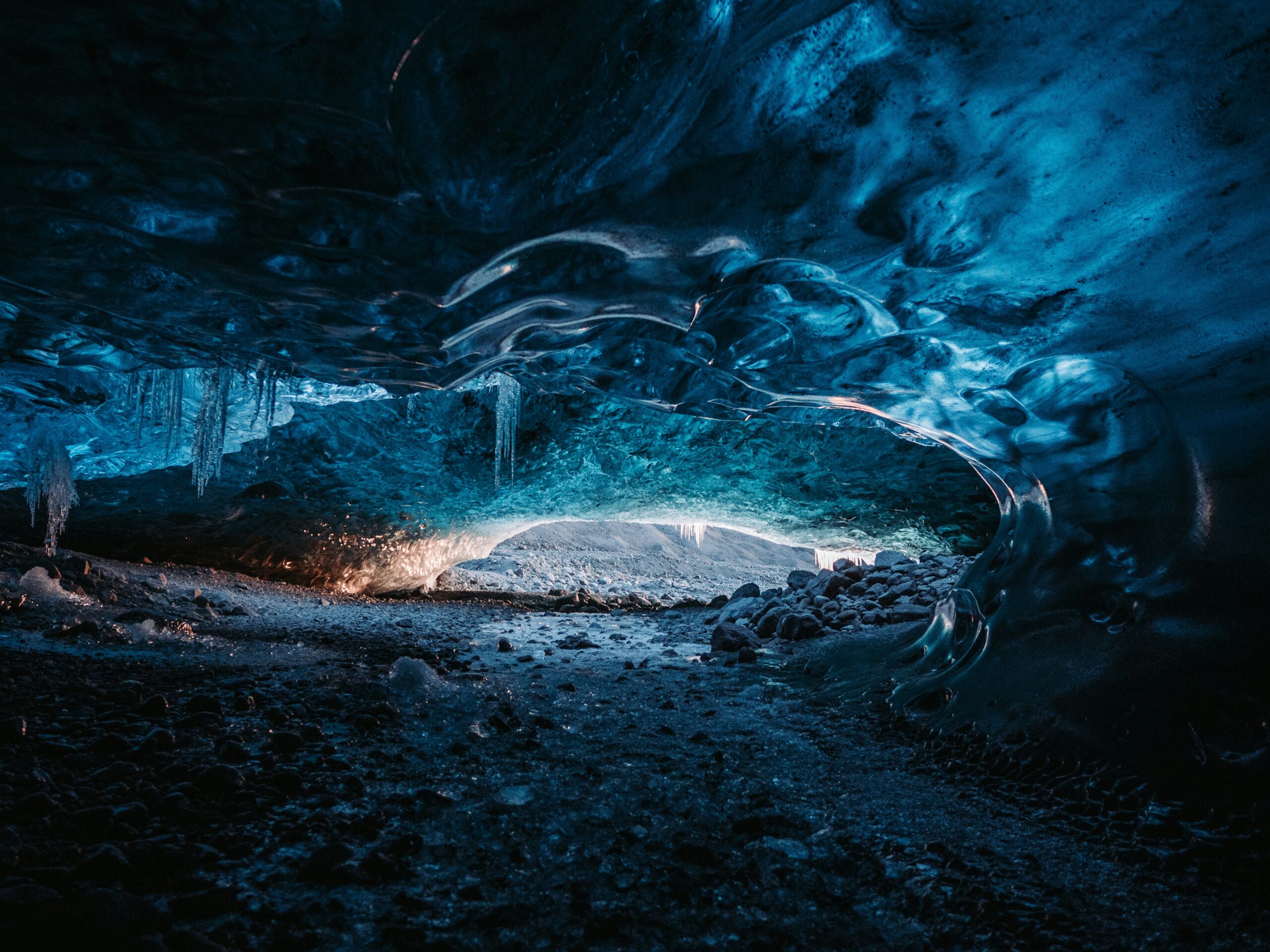
Boat tours at Jokulsarlon Glacier Lagoon allow visitors to come face-to-face with icebergs for a spectacular encounter and offer visitors a truly unique perspective of these glacier lagoons. In particular, exploring Jokulsarlon Glacier Lagoon through boat tours and visiting Diamond Beach are surefire ways of increasing the overall Northern Lights viewing experience. Watching the Northern Lights from Jokulsarlon Glacier Lagoon can be an incredible experience, yet taking a boat tour brings them even closer.
After exploring the lagoon, Diamond Beach should also be included on any itinerary because its name refers to shimmering icebergs coming ashore onto black volcanic sand that give off diamond-like reflections when seen up close – truly an inspiring sight that adds extra magic to Northern Lights experience! A night you will never forget in your life.
Walking along its shoreline and witnessing these shimmering gems up close is truly mesmerizing; their combination with dark volcanic sand creates an eye-catching spectacle unlike anything else! Boat tours or exploring Diamond Beach at Jokulsarlon Glacier Lagoon provide additional experiences that help bring Iceland’s natural world alive for you, offering unforgettable memories long after visiting. Immerse yourself in its majestic icebergs while appreciating nature’s delicate balance – combined with witnessing an awe-inspiring display from Northern Lights this experience will stay with you long after visiting Jokulsarlon Glacier Lagoon!
Conclusion
Jokulsarlon Glacier Lagoon in Iceland provides a spectacular opportunity for witnessing the Northern Lights. A guided tour, careful monitoring of aurora forecasts, adequate clothing and camera gear should all help increase your chance of witnessing it at Jokulsarlon; taking pictures can bring lasting memories while boat tours and close encounters with icebergs only add further magic! Don’t miss this unforgettable journey – come experience Jokulsarlon today!
Where To See The Northern Lights
Where Can We See The Northern lights?
This is understandably one of the most common question people ask when they are looking for information about the Aurora. Naturally it’s important to find out where it’s possible to see the Northern Lights before you start making detailed travel plans.
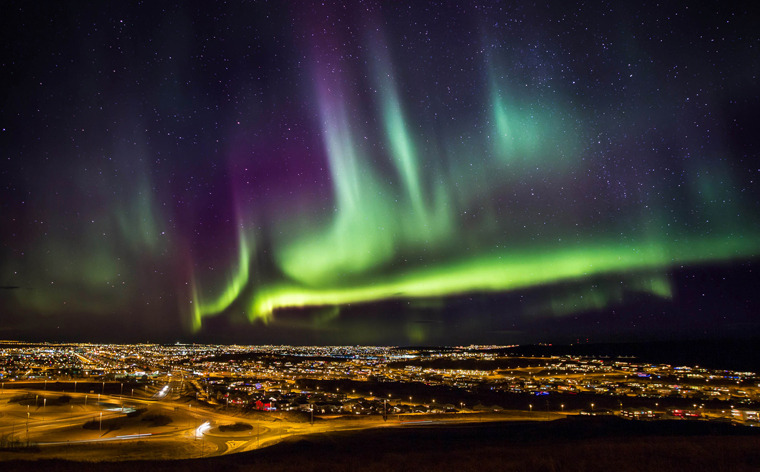
When Is The Best Time To See The Aurora?
The Northern Lights season starts every year in September and is until mid-April. There isn’t one particular month better than the other, the lights are hard to predict or plan for and the weather can prove challenging. That said, if you have a clear sky and can see the stars then you might be in for a good viewing.
One of the most important factors is the length of your stay as each day increases your chances of seeing the beautiful lights. We usually advise people to stay here for at least 4 days as the lights are often active for 2 – 3 days and then low for 4 – 5 days.
Iceland is an ideal place to hunt for the Northern Lights. In order to get the best viewing, go outside the city and away from the artificial lights. Often you don’t have to go far, just away from the lights as they often hinder you from seeing the Aurora Borealis.
Self-Drive v Guided Tour
Another common question we often get is whether we recommend a self-drive, guided tours from Reykjavík or a combination of both.
The main advantage of booking a tour is that your guide knows the forecast and has access to much more information so there’s a good chance of spotting the Northern Lights. If the forecast isn’t looking good by 6pm, they send a cancelation message and you’ll have another chance the following night. They provide the transport and know the roads so take you to the right spots.
In the winter, roads conditions can be icy and not ideal, so we don’t advise self-driving unless drivers are familiar with snowy and icy roads.
Road more on Driving In Iceland.
It is common for people to opt for both, tours and self-drive. It all depends on what each person is comfortable with. We recommend that you spend a few nights out in the countryside if you stay in Iceland for more than 5 days. You don’t need to go far out the city to be in with a chance to see the dancing Aurora. If the sky is clear of clouds then head down to Grotto and wait patiently.
If you have a car, drive out of the city and away from the light pollution to areas like Grotta, Mosfellsbaer, Seltjarnarnes and Perlan, where you can easily park.
Further afield, head to Thingvellir National Park near the Golden Circle to be surrounded by nature for a vast open sky ready for the nights display. Threngsli, Seljavallalaug Pool, Vík, Eldborgahraun, Djúpavík, Látrabjarg in the Westfjords, Ásbyrgi Canyon, Hvammsfjordur, Jokulsarlon, East fjords, Hvitserkur, Siglufjordur, Reynisvatn, Öskjuhlid, Borgarholt in Kopavogur and Kirkjufell.
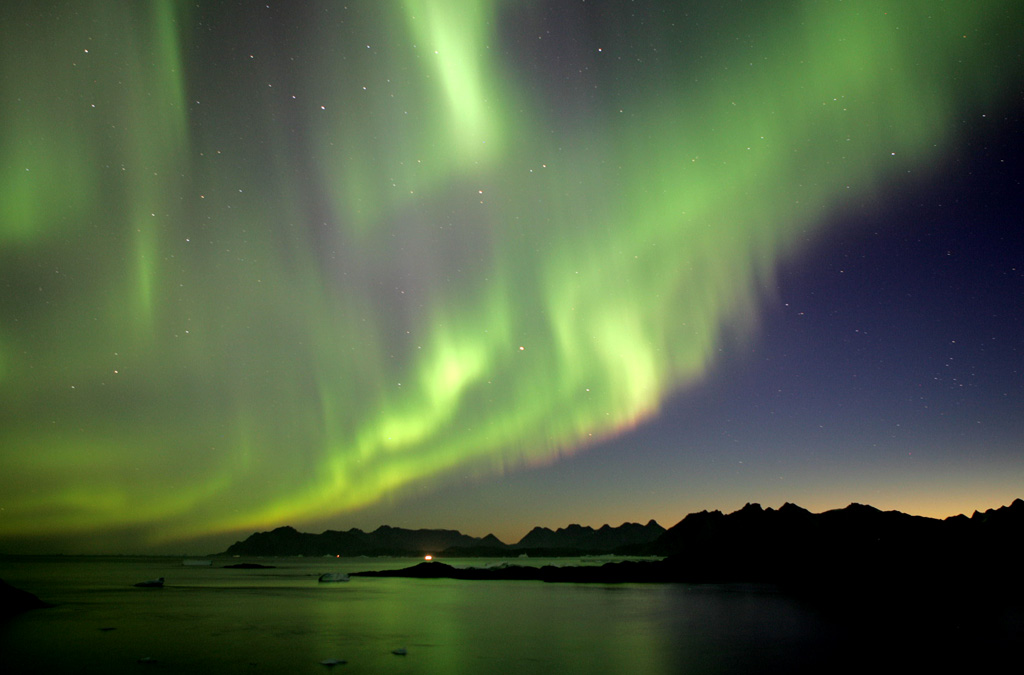
Understanding The Northern Lights Forecast
There are a few things you need to consider when you take a look at the forecast. Firstly, look for the white areas on the map, these show clear sky (so a low cloud coverage). Secondly, in the top right corner you will see a scale which shows numbers and indicates to a moderate, active or high performance of the Northern Lights. Finally, the weather in Iceland changes constantly so it’s important to check the forecast regularly during your stay, especially if you are doing a self-drive so see where to drive to.
When you go on a bus or superjeep tour, the drivers know where to hunt for the lights each night. Also keep in mind that even though the forecast says low, go outside and hunt for the lights if the sky is clear, they tend to show up without any notice.
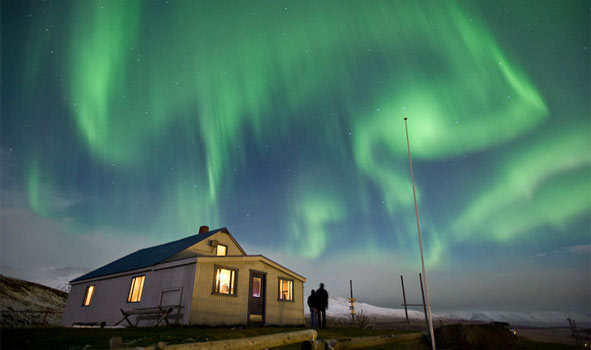
How To Plan A Northern Lights Vacation
How to Plan a Northern Lights Vacation
It’s a common misunderstanding that the northern lights appear every night throughout the year. We have years of experience in giving visitors advice on how to best plan a northern lights vacation, and we would like to share that experience with you.
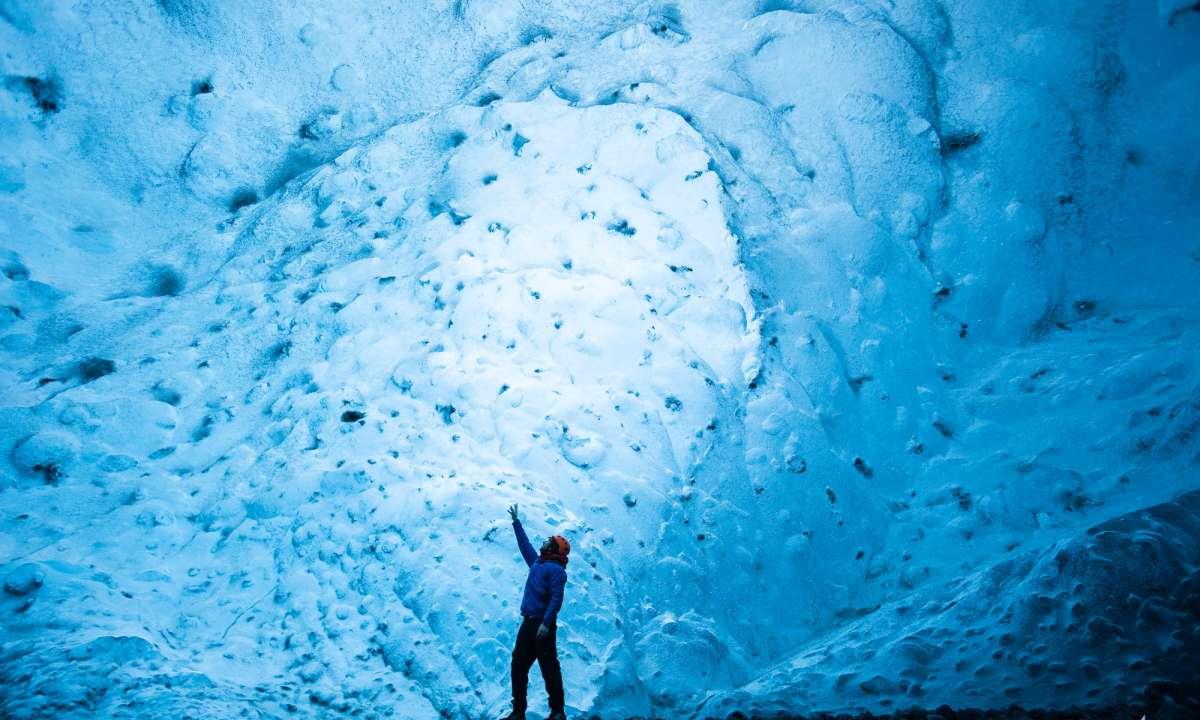
4 Tips for a Northern Lights Vacation
1. Timing
When you are planning a northern lights holiday, the timing is of course crucial. The northern lights can appear every month of the year but you need darkness in order to see them. For examples, even if the forecast shows active lights in July, you won’t see anything due to the 24 hour daylight. May – August are off season due to daylight.
The northern lights season starts at the beginning of September and ends mid April. In late August, when the days have started to get shorter, late at night you could get lucky and see the lights. The length of your stay is also vital as the lights often appear for 2-3 days and then there can be nothing for some days. We always recommend 4-5 days increase your chances.
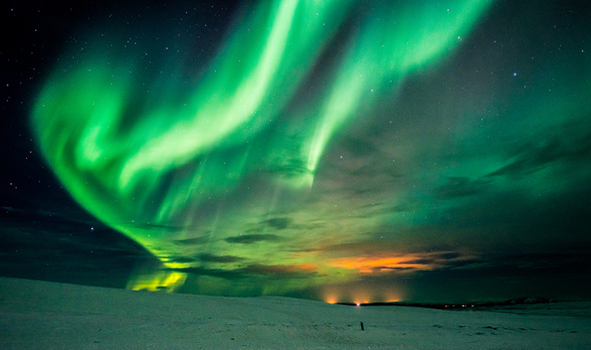
2. Plan for Winter
We always recommend visitors to plan their visit to Iceland as a nice winter holiday with loads of tours and activities. Enjoy all the wonderful things the country has to offer. Whether you choose a tour or to self drive, you will have an amazing time in the pure and unspoiled nature, the views and the sites.
The northern lights are a bonus and we recommend you think of them that way. Keep in mind the hours of daylight you will have during your stay. The months with the fewest hours of daylight are December and January but this gives you longer in darkness to hunt for the lights.
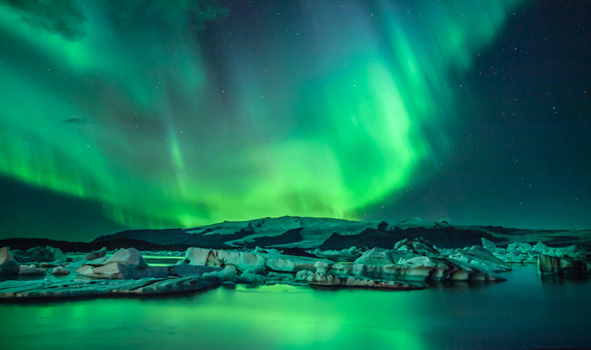
3. Check the Forecast
Keep a close eye on the northern lights forecast. You need to look for white or light green patches, area where there is little to no cloud coverage. There is a scale on the top right, the number here should be 3 (moderate) or higher. However, it’s always worth having a look at the sky, especially if it’s clear and you can see the stars. See the stars and you have a good chance if the lights are going to show.
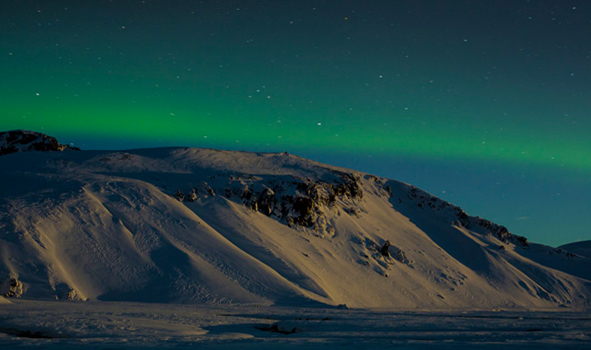
4. Plan Self-Drive Tours
Some people opt to self drive and hunt for the northern lights. Keep in mind that the road conditions in Iceland during winter can be difficult and dangerous, especially out in the countryside; slippery roads, snow and even blizzards.
Alternatively you can opt to take a tour, either a bus tour, super jeep or private tour. A combo tour is a great option to tick a few items off your bucket list.
We recommend the Golden Circle, Secret Lagoon, Bubble Tour.

- Choose the winter months
- Stay for 4-5 days
- Keep a close eye on the Aurora forecast
- Choose the hunt that suits you best, whether a self drive or tour
- Plan your holiday around what Iceland has to offer, northern lights are a bonus
Northern Lights folklore and mythology: A collection of wonderous tales
Northern lights folklore and mythology have shaped our relationship with the aurora for centuries. Read on to experience a few of these stories, about what our ancestors believed the lights were trying to tell us.
Northern lights folklore and mythology across the world
One of outer space’s closest phenomena, the aurora has enthralled humanity for many generations. Cultures around the auroral oval (at both poles!) have crafted tales that influenced their ways of living, their idea of an afterlife, and the strategies that they utilized for warfare, survival, and worship. These were huge cornerstones in the lives of early people.
This attempt to understand an incredible force of nature is a thread that runs through many other ancient stories. You can imagine our ancestors grappling to live beside the power of volcanoes, terrible storms, thundering seas, and oddities that even today we struggle to comprehend. What vengeful gods were moving the Earth? What otherworldly exchange was taking place among them?
Auroral science is fairly fresh in the scheme of things, and it was not that long ago that we too puzzled at these lights in the night sky. Fortunately, we still have some of these stories to remember those early people by. And when you see an aurora for yourself, it is easy to see how these stories came about.
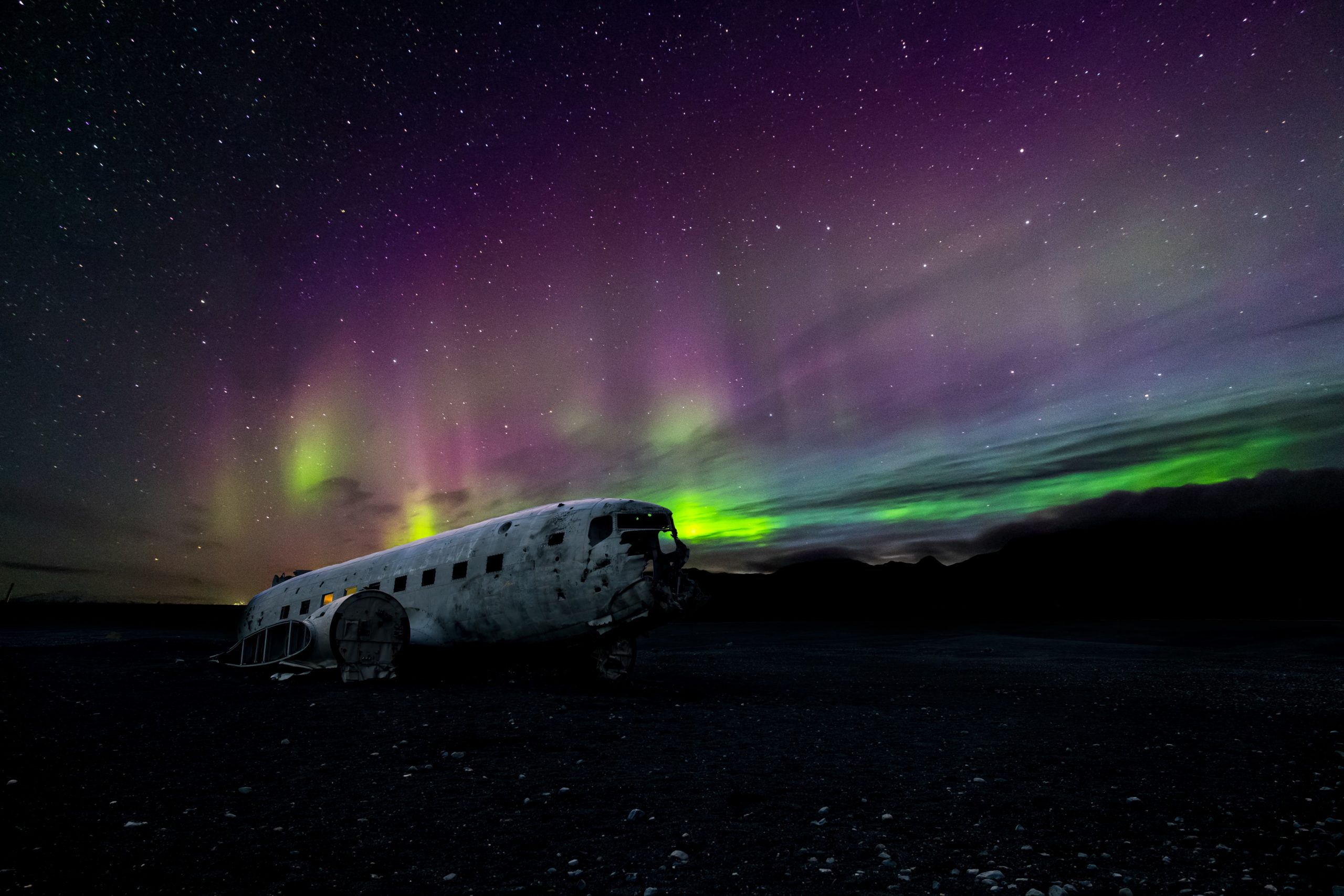
A thought to take with you on this journey
Oral folktales were humanity’s first way of conveying history, information, and news. Ancient peoples communicated this way, and passed these tales down in order to cement the foundation of their early cultures and beliefs.
Some of these stories were cautionary, some were fun, and others were deep wisdom crafted over many lifetimes. These stories were all meant to guide the living, sometimes even beyond the grave.
As you read forward, it is important to remember the medium of oral history, and how it worked. Some of these stories are nearly fossils, and some have changed and adapted over time. It may be possible that you know one of these stories in a different way, or even in a contrary way to how it is printed here.
The ultimate difficulty and gift of these tales is that both of those retellings can be correct.
Sometimes it is something as simple as a coastal dwelling people telling the story one way, and a more inland dwelling people telling it another- each within the same area of land! Some stories have changed details over time with many retellings, and some stories evolved differently depending on the groups of people telling them, and how they traveled.
A fascinating evolution of these stories lies in the movement of their people. With time, many more stationary groups of people moved and brought their cultures to faraway lands. In interactions like these, we can sometimes see the similarity or melding of stories, and in lands that share modern borders, we can sometimes see shared beliefs- similar to Russia and China, with their tales of great dragons.
The first storytellers that crafted these tales are long gone, but their legends have stood the test of time. An attempt to describe an incredible thing to our fellow man is at the core of the human experience, and it continues today.
As you read through these stories, feel free to share your knowledge of them with us. Have you heard them before? How were they different? Have you heard one that we don’t have recorded?
Part of the fun of these tales is in the telling, and the sharing of them- just like our ancestors would have done so long ago. Who knows what stories people will tell hundreds of years beyond us! In many ways, today’s magic is tomorrow’s science.
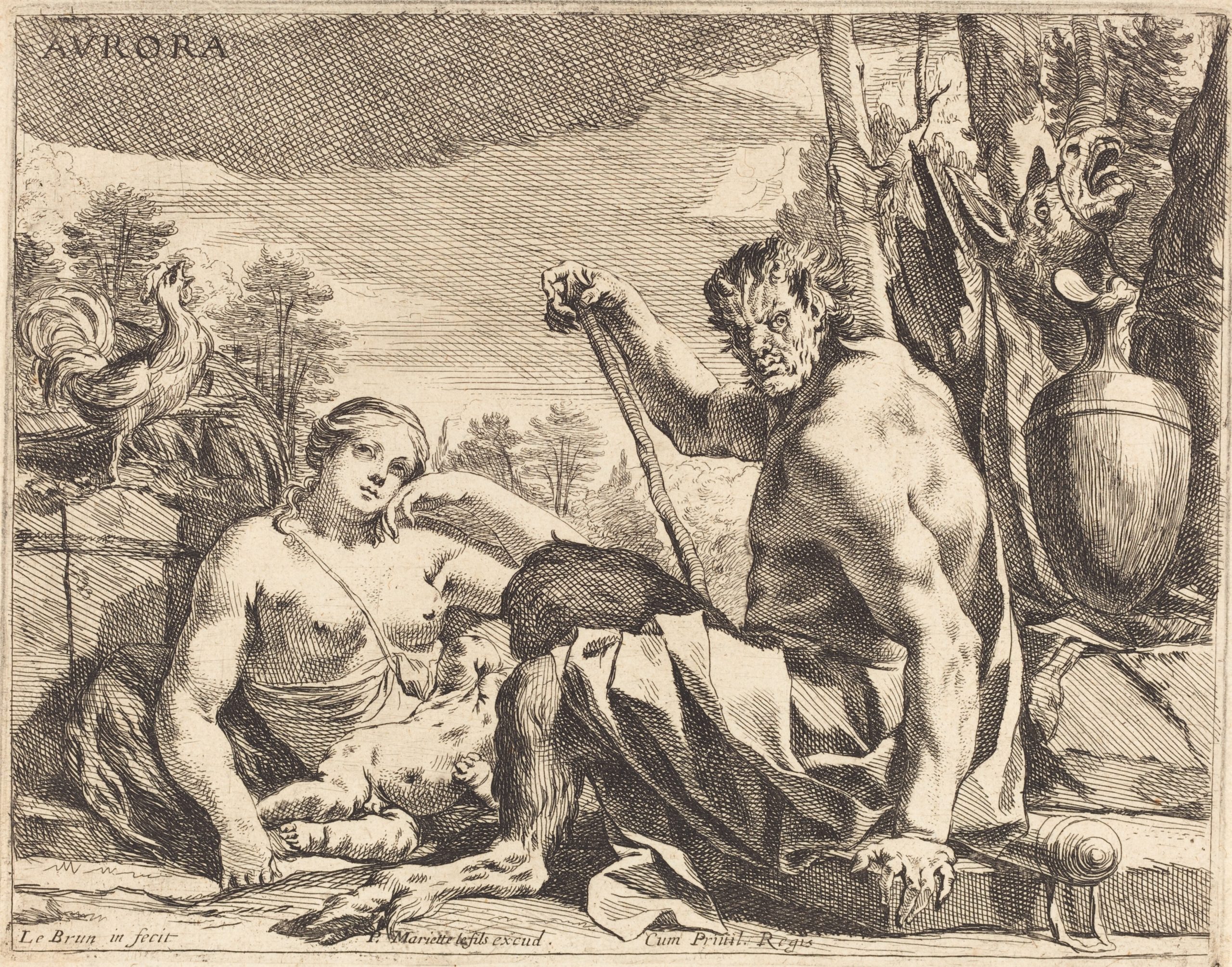
Italy: A name for the phenomenon
Though there are many recorded occurrences of possible auroral observance, the name that we use for auroras is credited to Italian astronomer Galileo Galilei. It is recorded that he saw the aurora in 1619 and believed at the time that they were rays of sunlight reflecting from the atmosphere.
He named the occurrence “aurora borealis” a Latin term referencing Aurora, the Roman goddess of the dawn, and Boreas, the Greek god of the northern wind.
To the Greeks, Boreas was the winged god of the north and the winter wind, and was one of the four seasonal Anemoi. You may recognize his name from the term ‘boreal’, which is a word that we commonly use to reference northerly places or the north wind.
(If we were discussing the southern pole’s aurora, we would call it aurora australis, or the southern lights.)
Galilei also included Aurora in this name, which has come to be the term that we use the most to reference this gift of nature. To the ancient Romans, Aurora was the goddess of the dawn.
Like many religious figures, she occurs in multiple polytheistic cultures by different names. Ēṓs in Greek, Uṣas in Rigvedic, and Hausos, the Indo-European origin from which she is thought to have come. (Being a bringer of light, it is not surprising to see her throughout the old religions of Europe, by the names of Aušrinė, Auseklis, and Ēastre.)
In the Roman belief, she was the sister of the Sun and the Moon, and the mother of the winds, or Anemoi. (Which gives the two words ‘aurora’ and ‘Borealis’ yet another interesting connection.)
Though the aurora was given these rich mythological names by Galileo, it does not necessarily mean that the ancient Greeks and Romans related auroras to these deities. Though a celestial occurrence, the stories behind these beings connect them primarily to the dawn and the northern winter wind.
In retellings of this story, individuals often name these cultures as applying their belief of the aurora to these deities, but it is important to note that it was Galileo himself that coined the name in 1619.
Greece and Italy lie below the Kp 9 region on the globe; making it unlikely that they would have regularly seen auroras, but certainly not impossible.
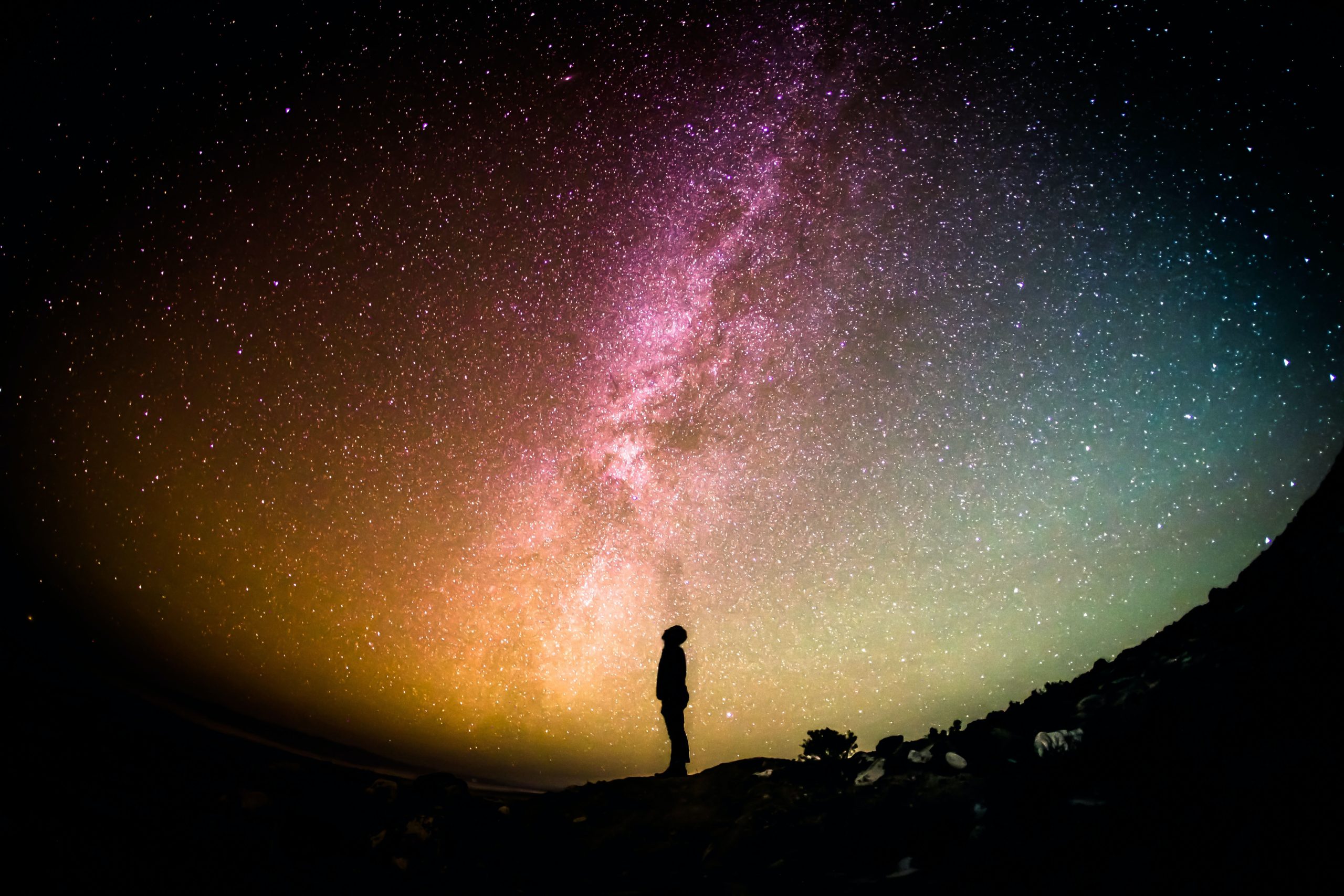
Early aurora observers around the globe
It is also interesting to note, that while Galileo is popularly credited with naming the aurora, he was not the only person watching the sky. History carries other stories of intrepid astronomers, some of which contest this claim.
Interestingly enough, a fellow sky observer and French philosopher, Pierre Gassendi is also credited in many publications as having named the aurora. He shared many of the same views and studies as Galileo, and may have seen the aurora as early as 1621.
Interestingly enough, he gave the phenomenon the same name. Due to written correspondence, some scholars wonder if they didn’t both see the same solar storm.
Despite this information, the truth is that the aurora existed long before there were people there to name it. According to NASA, one of the oldest existing mentions of auroral observance comes from China, in 2600 B.C.
This story is about Fu-Pao (Fubao) of the Youjiao Clan. It is said that she witnessed intense lighting moving around a star called Su from the constellation of Bei-Dou, lighting the entire area. In Chinese mythology, it is said that Fubao saw a “magical band of light” that caused her to become pregnant. She then gave birth to the Emperor Xuanyuan, a prominent figure in Chinese history and culture.
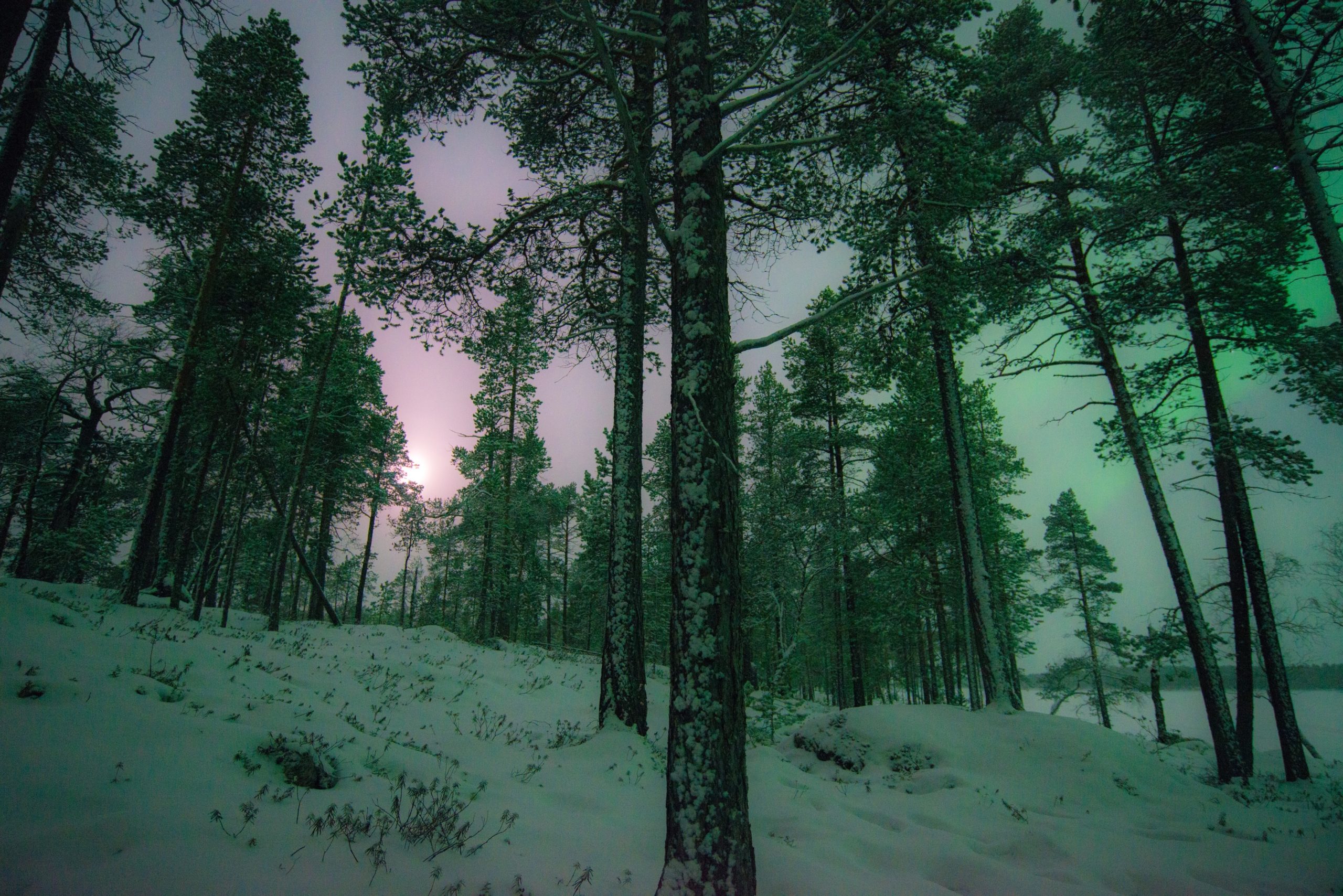
Below the oval: Lights in the heart of western Europe
Though rare, it is possible for strong auroral activity to make its way further down into mainland Europe and the continental United States.
We don’t typically relate northern lights with these areas, but in earlier times before the advent of electric light, dark skies were more readily available, and the mystery of the northern lights was a bit easier to see.
Stories from these regions have come from as far as the Middle Ages, though a few of them are as recent as the 1800’s. Many say that people in Western Europe considered the northern lights to be a warning, or a bad omen signaling oncoming hardship.
A sighting of the aurora could mean plague, death, or war. This may have been due to the colors people would have seen during these occurrences.
For the northern lights to reach so far from the pole, the strength of the activity would have been fairly high. Strong activity has the potential to take up more space in the atmosphere, and reach more pockets of nitrogen and oxygen- making it possible to create a more colorful show.
Typically auroral activity is green, but activity that reaches unusual heights can display rare colors like red and yellow.
This could explain why Europeans have anecdotally considered the light a harbinger of bad tidings or strife. We can begin to see this in the many tales of blood-red steaks in the sky before notable battles and events.
There are tales that the red lights were visible in the skies above Scotland and England weeks before the French Revolution. Some even say they saw auroras during the time of the Franco-Prussian war, which were believed to be reflections of the bloodshed that had happened there.
Among these tales are many others like them that coincide with fighting in Finland, Ireland, and even the United States. There are few cultures that we know of that have seen red auroras and did not imagine them as the voice of a vengeful god or a messenger of terrible news.
Auroras of any variety are magnificent, but it is not hard to imagine the fear that a red aurora must have inspired in older times. Even today, a red aurora is shocking to witness.
On a more positive note, not all Europeans saw doom in the face of the northern lights. The Scots, for instance, called the lights Na Fir-Chlis, ‘merry dancers’, and ‘the Nimble Men’. They believed that the lights depicted fallen angels or great warriors embroiled in an otherworldly battle.
The speed of their movements could also hint at oncoming weather. Quick, jagged movements could mean an unruly forecast, while fluid, slow movement could mean a calm and mild one. Many cultures used the skies to predict the weather, so it’s no wonder that they looked to the auroras as well as the stars and clouds.
But as proof of the dancer’s brawl, blood was shed upon Scottish earth. In the Hebrides, one can find Heliotrope or Bloodstones.
There are many stories about their origin, shared across many cultures- but some say that the specks of red in the green stones are the splashes of blood from the dancer’s battle. Blood spills from their onslaught and falls to earth as stones. A gift of nature, within another.
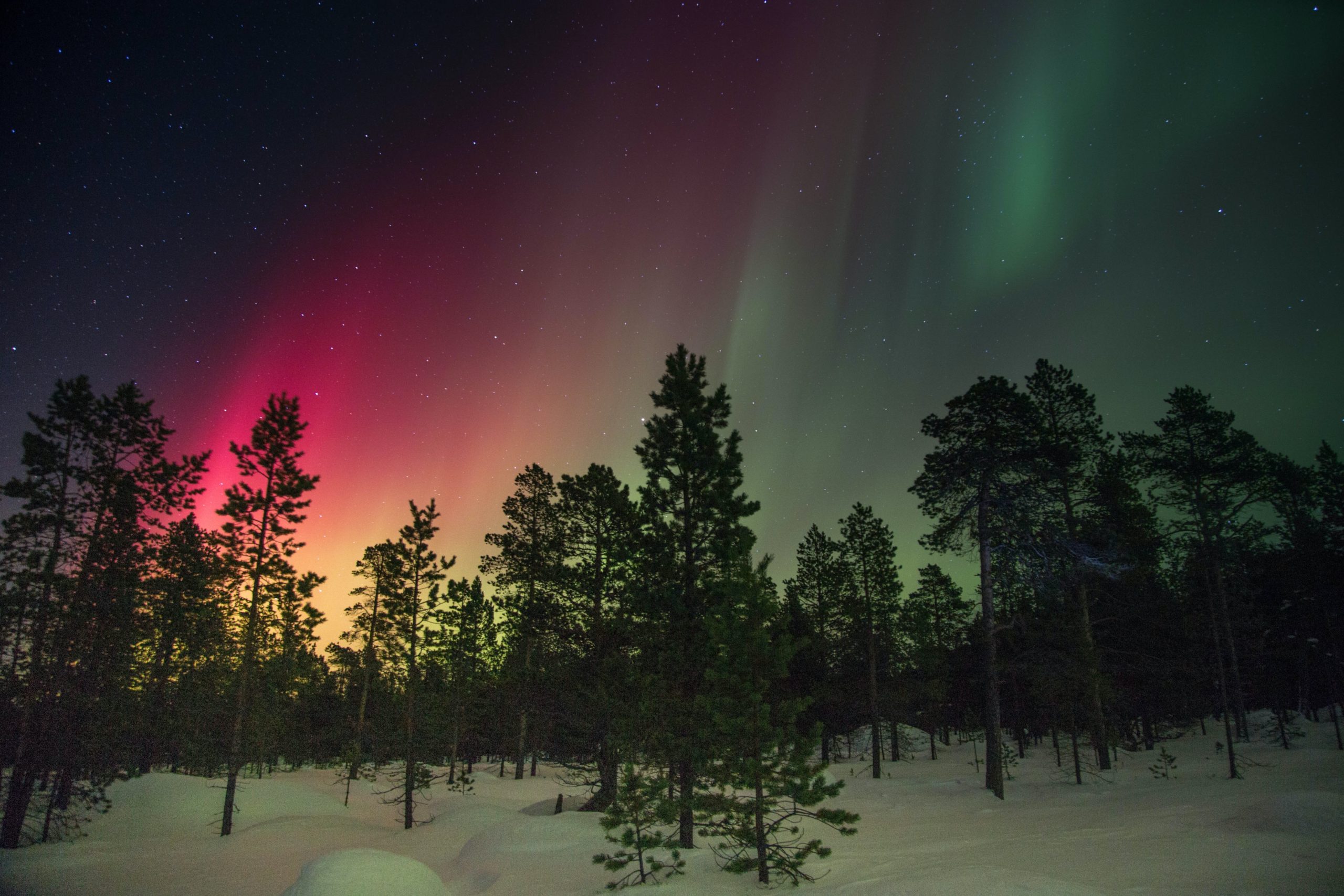
The Aurora Australis: fire in the southern skies
We do not have many tales about the Aurora Australis, as the majority of the land close to that pole has been uninhabited for much of history. (If those penguins could talk!)
But fortunately, on a good night, there are a few neighbors nearby. Most visibility of the Southern Lights occurs in Australia and New Zealand.
Indigenous Australians have many stories and beliefs that involve the dancing lights, even including a report of hearing noise during an occurrence.
This report took place in 1851 near the town of Hobart, where Indigenous peoples said that the aurora made a sound like “people snapping their fingers”. Today, some people do report hearing sounds during an auroral occurrence, but it is an aspect of the lights that is still being studied.
Many of these stories are interestingly similar to stories found in Native American cultures. The lights occupy an important place in storytelling, and the understanding of omens and ill tidings.
Often, the aurora was a message from a deity or a cosmic warning to stay in line. The Dieri believed that an aurora was a sign that someone was being punished for breaking the law.
This echoes in the story of hunters near Uluru killing a scared emu. This was an infraction of Pitjantjatjara law, so when they saw the aurora they knew that it meant punishment had come for them.
The Gunai people tell of a ancestor called Mungan Ngour, who put forth rules for men and their initiation into society. If people spoke of the sacred details of these proceedings, Mungan Ngour would send down fire from the heavens. This fire, was the aurora.
The color of the aurora could also be a key factor in the way that these stories evolved. For many Indigenous people, a red aurora could signal blood, or trouble.
Similar to stories from Europe, these crimson flashes could mean that a great battle was being fought in the sky, or that spirits were ascending to the heavens.
Many Indigenous people, like The Dieri and Ngarrindjeri people of South Australia, believed that the Southern Lights were great heavenly fires.
The Gunai people of eastern Victoria believe them to be bushfires in the realm of spirits, and harbingers of difficult times. While nearby, the Gunditjmara people of western Victoria call them ‘Puae buae’, which means ashes.
Further south, they say that the lights are the “feast fires” of the Oola Pikka, who are otherworldly beings that communicate to their Elders by creating the lights.
Even further south still, are the Maori of Aotearoa/New Zealand who call the aurora Tahunui-a-rangi, which means “Great glowing of the sky”. They say the Aurora Australis and believed them to be light reflected from the torches and campfires of their ancestors who had sailed south, and settled there.
The lights were proof that they had made it, and would return to them one day. Stories like this are told amongst the Algonquian people in North America, and are a comforting way to hold space for those in one’s life that have ventured far from home. Imagining the reflection from their home fires is a closeness that many never felt in life.
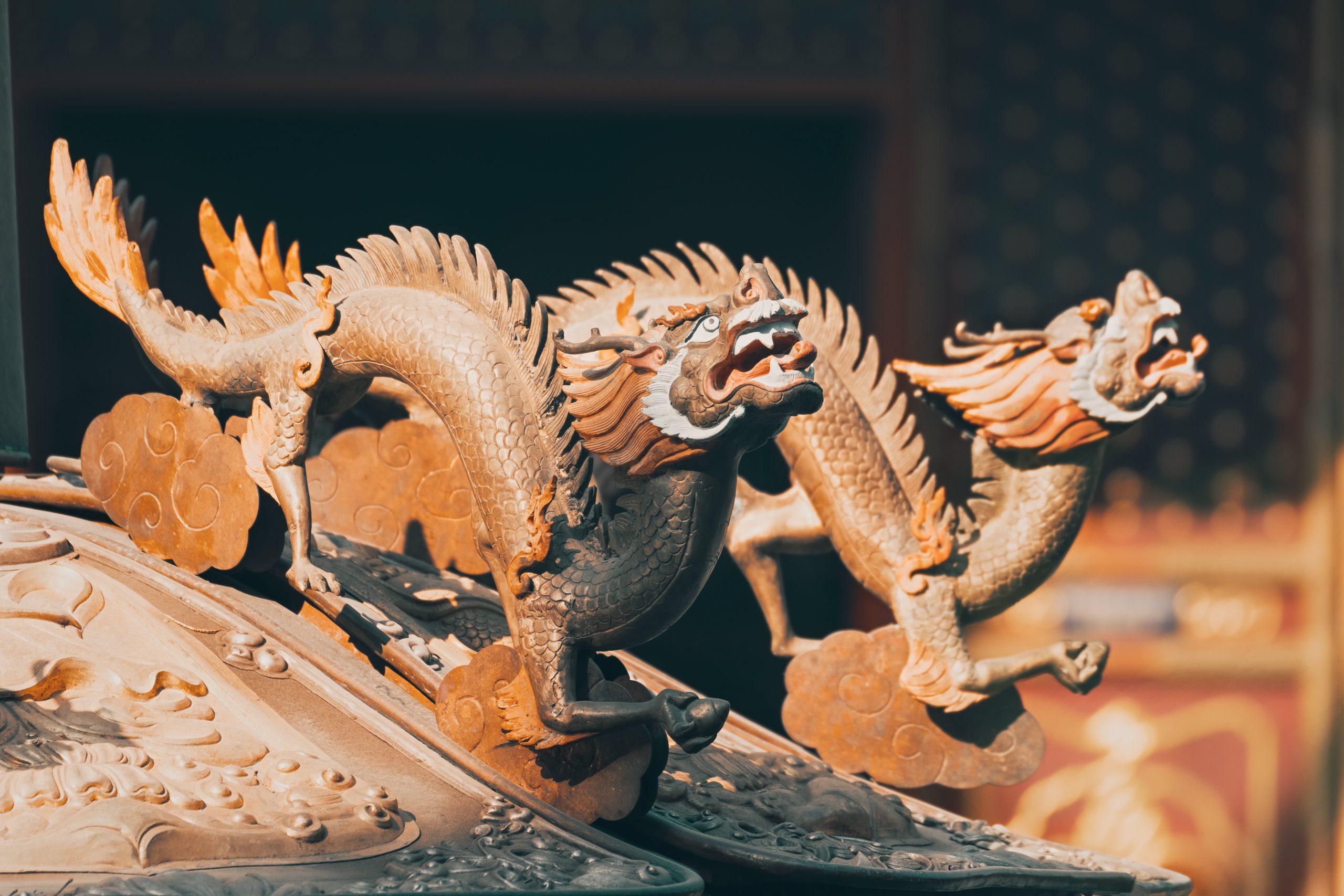
Ancient tales: glowing skies in China and Japan
Some of the oldest recorded work mentioning the Northern Lights comes to us from China. A place of copious art and text, China is a great source of preserved mythology and early science.
Many say that early depictions of colorful sky dragons and curved celestial serpents in historic Chinese media are meant to convey early sightings of the aurora.
This theory is reflected in the Shanhaijing (Shan Hai Jing), a recorded collection of mythical creatures. There are multiple serpents named in this book, including the Zhulong, mentioned in the “Classic of the Great Wilderness: North”.
Chinese scholar Ming Hua Zhang believed that this entry may be referencing the aurora, due to the description of the creature.
Described as red in color with a humanoid face and a serpentine body a thousand miles long, the Zhulong was said to be the deity of Zhong Mountain. With a name that means “Torch Dragon” in English, Zhulong was responsible for creating the day and night cycle, and also seasonal winds.
Descriptions similar to this come up in other ancient works and bestiaries, especially as there was not one central term to describe the phenomenon.
Instead, specific terms were used to describe the shapes that auroras made. These resulted in names like: “”Sky Dog (“天狗”)”, “Sword/Knife Star (“刀星”)”, “Chiyou banner (“蚩尤旗”)”, “Sky’s Open Eyes (“天开眼”)”, and “Stars like Rain (“星陨如雨”)”.”
It is interesting to note, that these stories of dragons are not specific only to China, but also their neighboring country, Russia. One can imagine how stories like this might develop and travel with the movement of people over time, growing and evolving throughout a region.
But dragons aren’t the only bearers of light in China! There are also stories about Fu-Pao (Fubao), the mother of the Yellow Emperor. Fu-Pao played an important role in Chinese culture, and it is said that looking upon the aurora (or possibly a bolt of lightning) is what caused her to conceive the Emperor himself.
Some say that it is a belief in China and Japan that a child conceived under the Northern Lights will have good fortune or be very beautiful, but there is not a great deal of proof that this is indeed a story that originates from these areas. Though, it would have many parallels with Fu-Pao’s story, if it were!
For visitors to China today, it is still possible to view the aurora in the northern city of Mohe. One can even visit the nearby town of Beijicun, the “North Pole Village”.
This area hosts a popular Polar Lights festival where thousands of people travel to test their luck at catching a glimpse- and perhaps even today, can be called a true home of dragons.

The vast skies of polar Russia: Here be Dragons
Across the way from nearby China, lies another land of dragons. Russia is home to a fan favorite as far as Northern Lights tales go, the story of the fire dragon that seduced a whole village.
This story seems to be told differently depending on the area you’ve heard it in, but the structure of it is much the same.
In the wintertime of the year, the menfolk would leave to hunt or participate in long-term battles. During this absence, the great sky dragon would descend and seduce all of the women who had been left behind.
Some versions of this story reference a watchman, left by the other men who had been charged with preventing this sort of trouble- but upon their return, he had to report that it was certainly not him who had fathered all of these children, but the great dragon himself! Which was cause for much celebration. Sounds like a myth within a myth, if you ask me!
Like many cultures, the wonder of the aurora is often linked with childbirth and the mysteries of existence. In Siberia, it is said that some people believed that children born under the lights would be blessed with a long and fruitful life.
The Chuvash people were also said to link the aurora to birth- but rather that it was proof that their god was busy helping women in childbirth.
There are many Indigenous stories as well that the lights may be past ancestors making merry or riding horses across the skies- sometimes accidentally spilling blood, and thus blessing people below with the aurora.
Stories like this are widespread across the globe, and it is interesting to see how ancient peoples used to believe that the aurora might be the byproduct of activity in a spirit realm- when we know today, that it is a byproduct of virulent weather in space. In some ways, these ethereal beliefs maintain some of their truth, even now.

What Causes The Northern Lights
Great Institute of Physics video on what causes the Northern Lights
Quick summary on what causes the northern lights
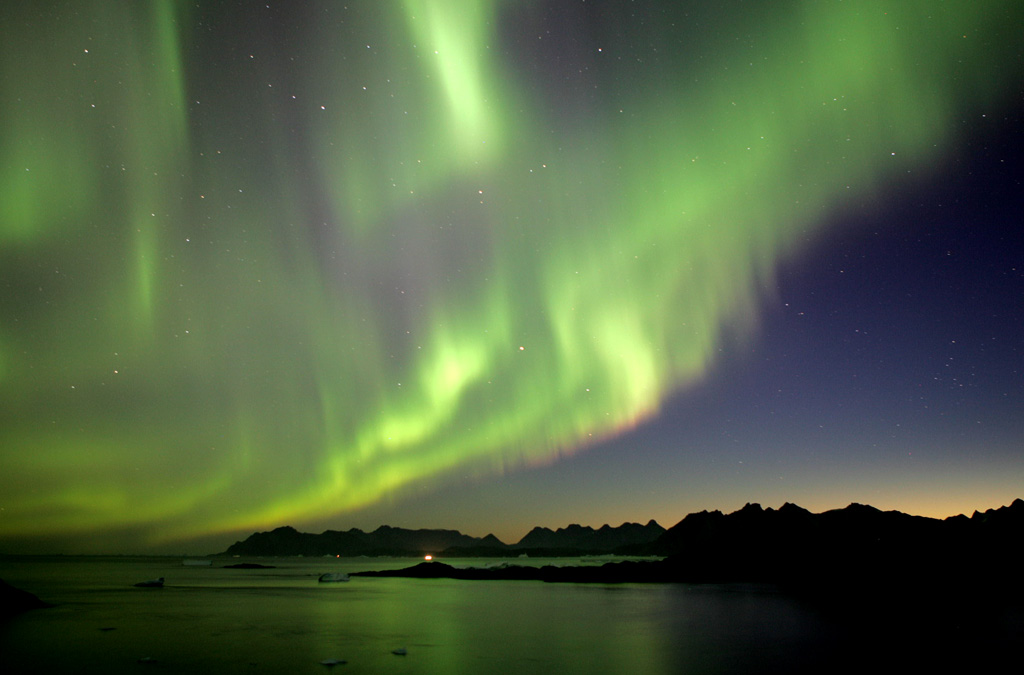
What causes the northern lightsThe Northern lights happen after collisions between charged particles released from the sun and gaseous particles in the Earth´s atmosphere. The color variations are due to what type of particles are colliding. Most often it is yellowish green produced by oxygen molecules located around 55 miles above earth. However we can sometimes see redish lights that are produced by high-altitude oxygen, at the heights of up to 150 miles. We also have nitrogen that produces blue or purple-red northern lights.
Since 1880 scientists have been suspecting the connection between the northern lights and the solar activity. In 1950 a research was conducted showing how the electrons and protons from solar activities are blown towards the earth in something called “solar wind”. The surface of the sun is millions of degrees on Celsius. At this temperature, gas molecules collide frequently and explode. By the rotation of the sun these free electrons and protons are thrown from the sun towards the earth by the solar wind. Then they are largely deflected when they hit the earth´s magnetic field.
The earth´s magnetic field is weaker at either the southern or northern pole and hence the particles enter the earth´s atmosphere and collide with the particles at the north or south poles. These collisions emit the dancing lights we know as Aurora Borealis or Northern Lights. Most often the dancing happens at the height of 50-60 miles, but can go as high as 400-450 miles above the earth´s surface.
The best time to see the northern lights are normally in the winter time. The long periods of darkness and often the clear nights provide us with many opportunities to watching the northern lights dancing in the sky. Research has also shown that auroral activity is cyclic, and peaking every 11 years. Next peak is going to be around 2013. Hope this has helped you understand better what causes the northern lights and it will be a good start for your Iceland holidays.
Northern Lights from Christian Mülhauser on Vimeo.
What are the Northern Lights?
For many years, people in the polar regions have been mystified by the dancing of bright lights in the darker months. This wonder continues today. But what are the northern lights, and why do they happen?
What are the northern lights?
Long story short, the northern lights are the visual byproduct of intense space weather. They are a natural phenomenon related to a multi-step process, similar in a way to lightning, rainbows, or even colorful sunsets.
The things that cause them are primarily unseen, and occupy the space around us in our atmosphere. These are things like atmospheric gases, high powered electrons, and our geomagnetic field.
The true wonder of all of this is that sometimes all of these things align into a moment of interaction- and when we are lucky, we can see the magic of auroras.
It all starts here on Earth
Earth is a special planet. It is one of the few places that we know of that can support human life. One of the many reasons that this is possible, is because we are protected from harsh space weather by our geomagnetic field. Many other planets also have a magnetic field, but ours is one of the strongest.
The core of the Earth is filled with layers of partially molten iron under great gravitational pressure. This area of iron is huge, and because of the different temperatures, there is a fair amount of movement occurring here.
The hottest material rises, causing swirling convection currents inside the Earth. You can see a current like this in a pot of boiling water. The way that those bubbles spiral up to the surface, is a lot like what is happening inside the Earth. The movement of all of this metal makes electrical currents that rise up through the Earth’s surface, and create magnetic fields.
However, that isn’t the end of it! The Earth is also spinning, which causes additional movement in an effect called ‘the Coriolis Force’. This force combines all of those magnetic fields into one larger magnetic field, which protects all of us from radiation and solar wind, and forms the magnetosphere.
Because we can’t see the magnetic field, we normally represent it by drawing lines. These lines go into and out of the Earth, meeting at the poles, making the Earth look like an exceptionally round butterfly.
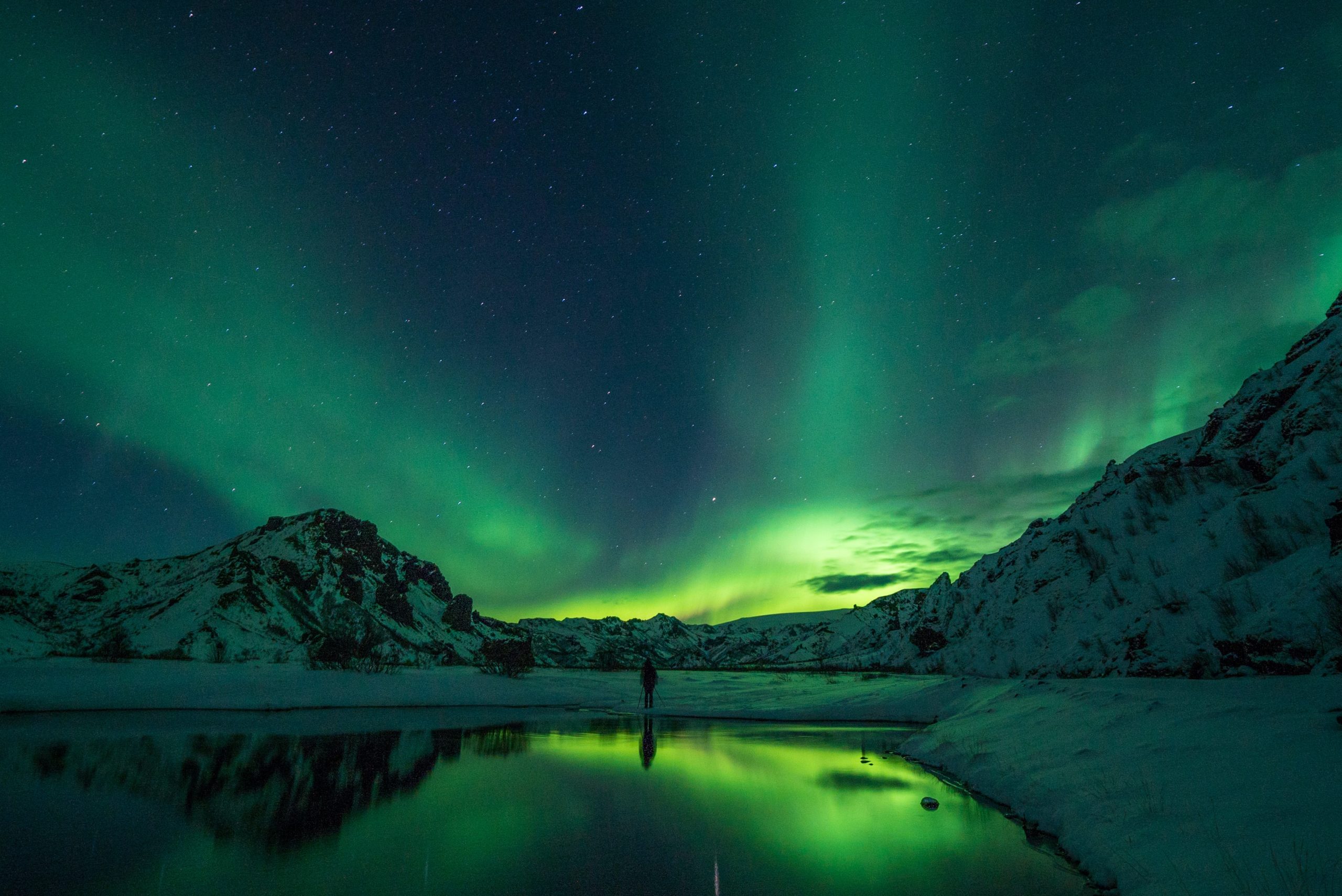
From the sun, with love
So we know about Earth and its magnetic field. But where does the actual aurora come from? While the Earth is creating convection currents, a similar thing is happening in the Sun, a star that is nearly 15 million degrees Celsius at its core.
As the pressure and movement within the sun push outwards, magnetic fields form here as well. The stronger ones are able to push through to the surface, slowing as they cool, and creating sunspots. We pay attention to these dark spots on the Sun, and often predict large auroral activity by their reappearance.
But back to the action! The electrically charged gas (or plasma) that exits the sun contains the magnetic fields that were just created. When this massive “ball” of plasma breaks away from the surface, it is ejected out into space as a “solar storm”. (Smaller versions of this kind of expulsion happen frequently, and are often referred to as solar wind.)
Depending on the strength of the solar storm and the obstacles that it meets along its way, its speed and travel time can vary. That is why auroral forecasts are not always perfectly timed, it can be challenging for us to measure these factors.
The lucky collision
If everything lines up and the sun sends a solar storm in our direction, it will first have to pass over Mercury and Venus, before it gets to us. But when it does finally arrive, a strange sort of collision occurs between us and the solar storm.
The magnetic field inside the solar storm clashes with our magnetic field, and combines. Once they are connected, the charged gases travel down the imaginary lines of the connected magnetic field, traveling to the poles that attract it.
As the storm passes over us, these imaginary lines go with it, eventually breaking and reconnecting on the other side. This breakage creates another opportunity for gas to travel down to the poles, as the storm moves away.
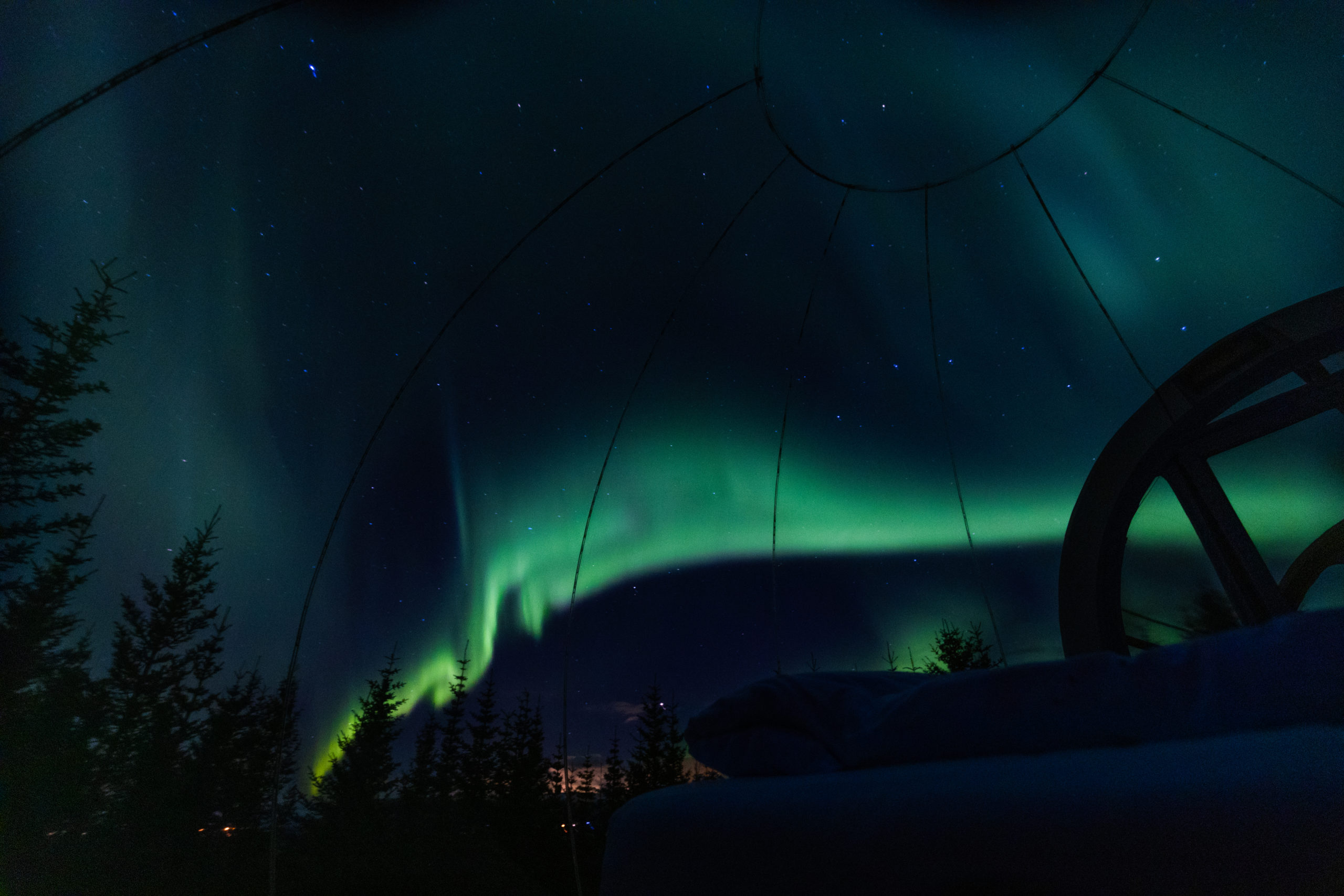
An aurora is made
The gases carried within the solar storm have arrived, and are traveling down to the places on our planet where the magnetic force is the strongest, the poles. But how does all of this make an aurora?
The gas that is now in our atmosphere contains supercharged protons and electrons, or ions. This energy becomes trapped in our ionosphere, around the north and south pole in a shape we call the auroral oval.
When this happens, they will eventually collide with pockets of oxygen and nitrogen in our atmosphere- which is the big moment that we are waiting for.
At the moment of this crash between ions and gases, energy is released that creates a glow, or an effect of visible light. You’ve seen many interactions like this here on Earth, like the interaction that creates neon light in signs.
This is an exciting moment, and a reminder of how small we are in the scale of the universe. But it is also only the beginning of the aurora’s visual journey to us, once it arrives. Because next, we have to learn about all of the Earth factors that have to line up and cooperate, for us to even begin to be able to witness this incredible natural phenomenon with our own eyes.

